Prince Harry recently opened up about his journey with post-traumatic stress disorder following the loss of his mother, Princess Diana. In a candid discussion, he revealed his exploration of a groundbreaking therapy that helped him.
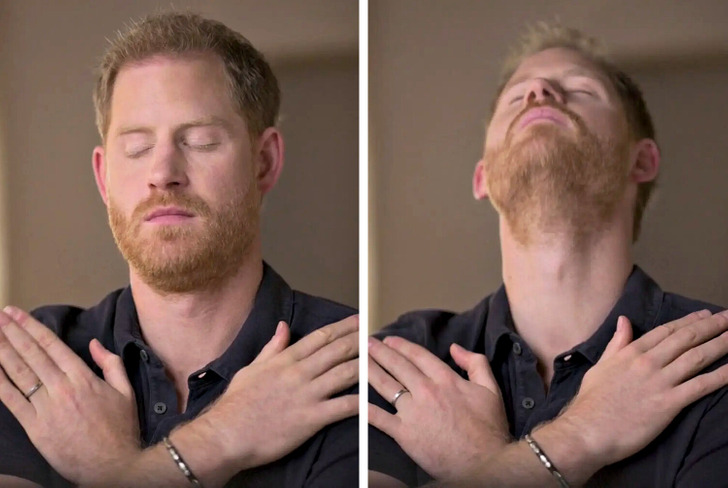
The therapy is called eye movement desensitization and reprocessing (EMDR) to address the debilitating effects of his anxiety attacks. This revelation offers a glimpse into the royal’s personal struggles and his proactive approach towards mental health care, shedding light on the significance of seeking innovative treatments of traumas.
In a video, Prince Harry can be seen undergoing EMDR therapy, where he taps his shoulders and moves his eyes rapidly. This therapy is relatively new and is used to treat PTSD. Prince Harry shared that he decided to try EMDR to deal with severe anxiety attacks he was experiencing.
Prince Harry mentioned that he was open to trying EMDR because of the therapy and work he had done over the years.
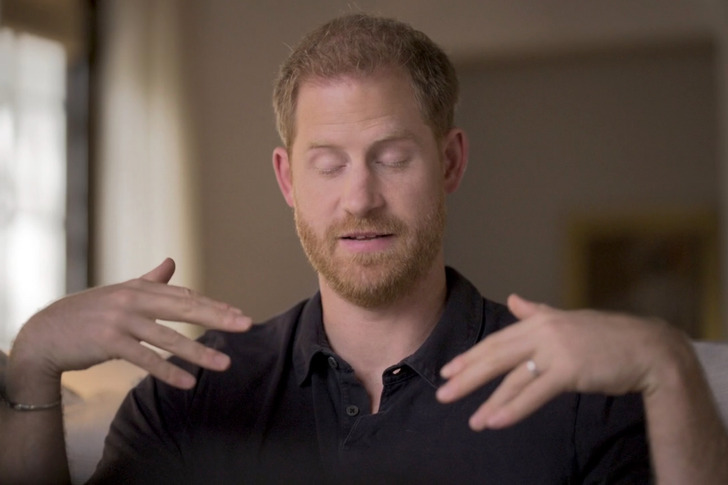
During a therapy session with UK-based psychotherapist Sanja Oakley, Prince Harry demonstrated how EMDR helped him feel better about returning home. He described feeling scared and helpless before, but the therapy helped him cope with those feelings.
Prince Harry’s openness about his experience with EMDR therapy sheds light on alternative treatments for post-traumatic disorder and mental health struggles. It shows that seeking help and trying different therapies can make a difference in managing mental health conditions.

EMDR is a therapy made in 1987 to help with emotional traumas. It’s a structured therapy where you think about a tough memory while moving your eyes back and forth. This helps lessen the strong feelings tied to the memory.
EMDR works on a theory called Adaptive Information Processing (AIP). It says that trauma sticks around because it hasn’t been dealt with properly. So, when something reminds you of the trauma, those memories can come back strongly.
Unlike other therapies that try to lessen your reaction to trauma, EMDR tries to change how your brain stores those tough memories. Sometimes, instead of eye movements, you might listen to alternating tones. Usually, EMDR happens once or twice a week for about six to 12 sessions. But it can vary depending on the person.
Benefits of EMDR therapy
- EMDR is a structured therapy and usually needs fewer sessions than ongoing therapies.
- You don’t have to keep going back to the tough memory for a long time.
- You don’t have to talk a lot about what happened to you.
- There’s no homework to do.
- EMDR doesn’t try to change your thoughts and beliefs.
Disadvantages of EMDR therapy
- While EMDR is known to help with PTSD, it hasn’t been studied as much for other mood or mental health problems.
- If you’re avoiding talking about a tough event, EMDR might not be the best choice. Other types of talk therapy might work better.
- EMDR can sometimes make you feel worse at the start of treatment. The person who created EMDR warns that this could be dangerous for people who have gone through really tough things.
The process of EMDR
EMDR is a structured process with eight phases, each aimed at helping you deal with traumatic memories:
- History taking: Discuss your past with the therapist to identify which memories to focus on.
- Preparation: Learn about EMDR and how the therapist will use bilateral stimulation.
- Assessment: Identify your negative and positive beliefs related to the trauma.
- Desensitization: Use bilateral stimulation while recalling the memory.
- Installation: Focus on positive beliefs while processing the memory.
- Body scan: Talk about how you feel emotionally and physically.
- Closure: Prepare for what may happen between sessions.
- Reevaluation: Assess your progress and decide if more sessions are needed.
As you go through EMDR, you may start feeling less overwhelmed by the trauma. It’s normal for other painful memories to surface, indicating that suppressed memories are being processed.
When grappling with deep emotional traumas, it’s crucial to seek out specialists who can provide the appropriate form of treatment tailored to your needs. Whether it’s EMDR therapy or other therapeutic approaches, finding the right professional can make a significant difference in your healing journey.
Preview photo credit Good Morning America / YouTube
13 Celebrities That Seem to Have Discovered the Secret of Youth
There must be something rejuvenating in that Hollywood water! That’s a thought we all have in our heads from time to time when looking at pictures of forever fresh stars that seem to not have understood the concept of time. While we count how many new grey hairs grew this month, these celebrities keep on shocking us with the inconsistency of their age and their appearance.
Here at Bright Side, we love following celebrities, especially if it seems like they know the secrets of staying young and fresh forever. There’s definitely something we need to learn from them.
1. Eve, 1992 vs 2019
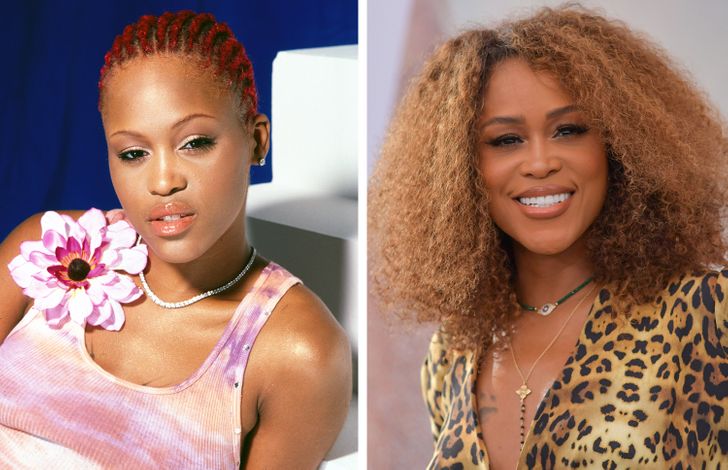
Eve started her career at a young age and has over 20 years of being under the spotlight. Now she’s 42, and it looks like years haven’t left any marks on her.
2. Gabrielle Union, 2009 vs 2021

The Bring It On and Being Mary Jane star shared that at 48 she has a few rules that boost her glow. She drinks enough water, makes sure she gets at least 8 hours of sleep, and exercises.
3. Queen Latifah, 1987 vs 2020
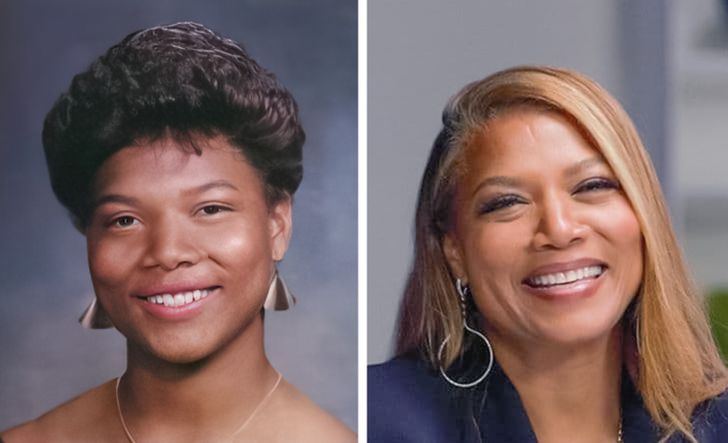
The Oscar-nominated, Grammy- and Emmy-winning singer and actress turned 51 on March 18. Queen shares that she does eat a lot of vegetables and lean meats, hydrates religiously and thinks that as long as you’re young at heart, your actual age doesn’t really matter.
4. Alicia Silverstone, 1992 vs 2020
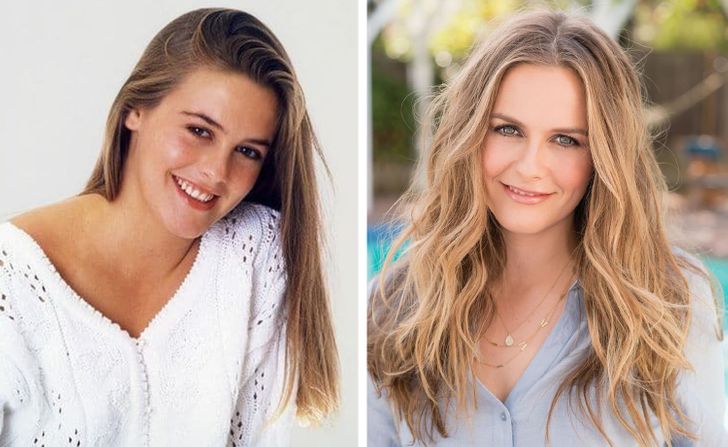
The Clueless star, who is 44 years old, says that her diet is the secret to her youth — Alicia is vegan and leads an eco-friendly lifestyle. She shares that once she gave up meat and dairy, she started looking better after just 2 weeks.
5. Jeremy Piven, 2005 vs 2021
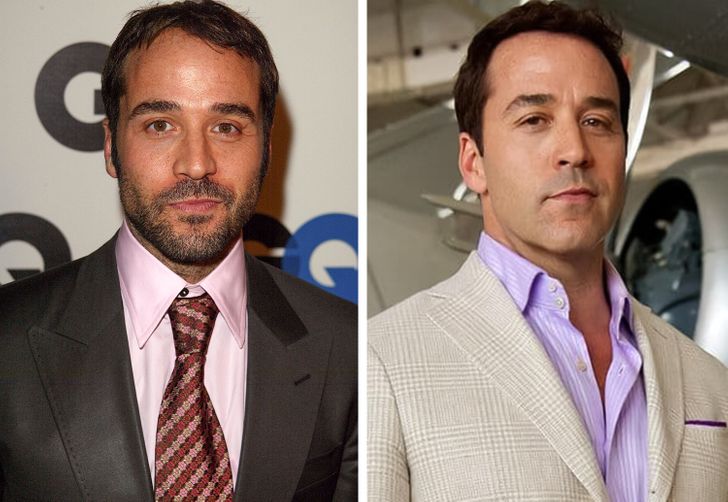
The famous American actor and comedian shared that he lifts weights, jumps rope, and does jiujitsu. He also said in an interview that he has been doing yoga for decades and goes for a run when he wakes up.
6. Alfre Woodard, 1995 vs 2020
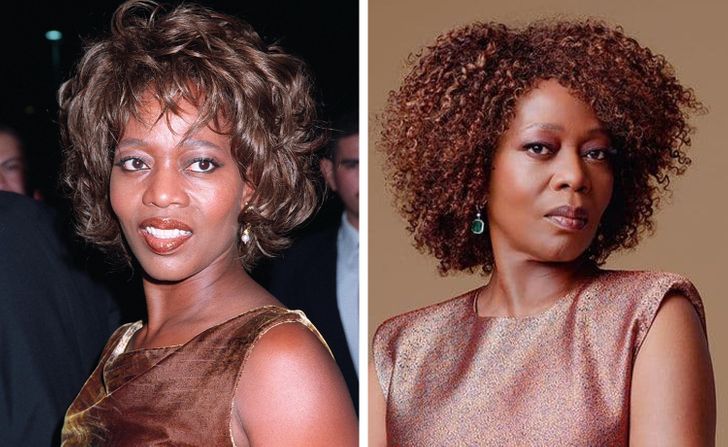
Alfre Woodard is now 68 years old, but looking at her pictures from the past, it feels like she just changes outfits and hairstyles, but doesn’t age at all.
7. Jamie Foxx, 2004 vs 2021
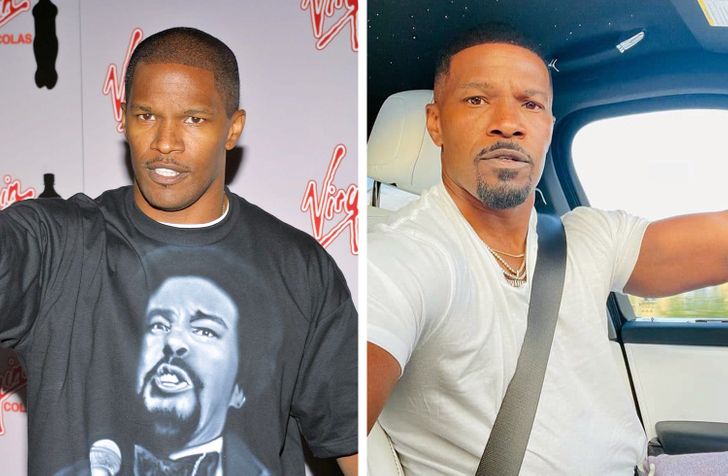
There is always a question when it comes to Jamie Foxx — how does he still look as young as he did in the 2000s? Back then, when he was 33, he had his own series, The Jamie Foxx Show. Today, he’s 53 and still a popular actor that seems to have found the fountain of youth.
8. Sharon Stone, 2002 vs 2021
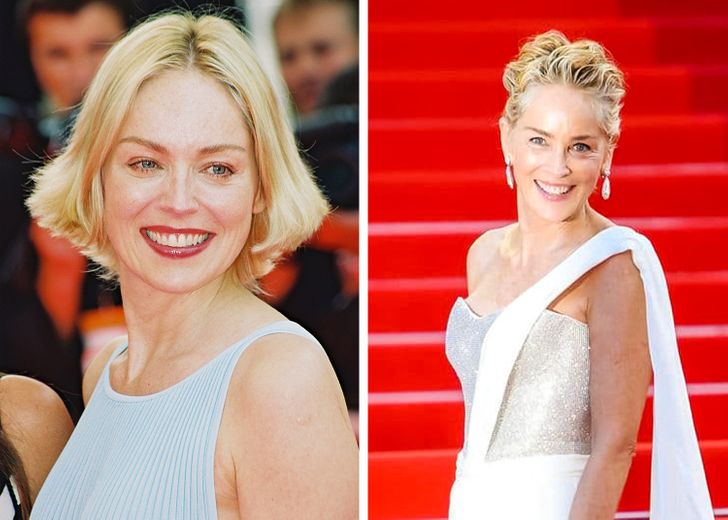
The 63-year-old actress shares that her secret of youth is something she took from her mom — she shares that she gave her a jar of moisturizer and told her to clean her skin and moisturize morning and night, and that’s what she does.
9. Bianca Lawson, 1991 vs 2019
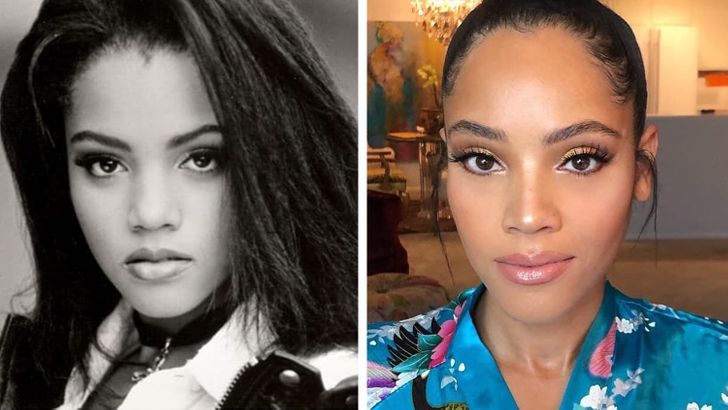
Bianca Lawson has played teenagers on-screen since 1993 and it’s really no surprise why. The Buffy The Vampire Slayer and Pretty Little Liars star is 42, but you can’t tell since her glowing skin looks like it’s ageless. Bianca shares that she prefers natural sweeteners to sugar and tea to coffee and believes that youth is a mentality, so to stay young you have to reduce stress and enjoy life.
10. Alicia Keys, 1997 vs 2021
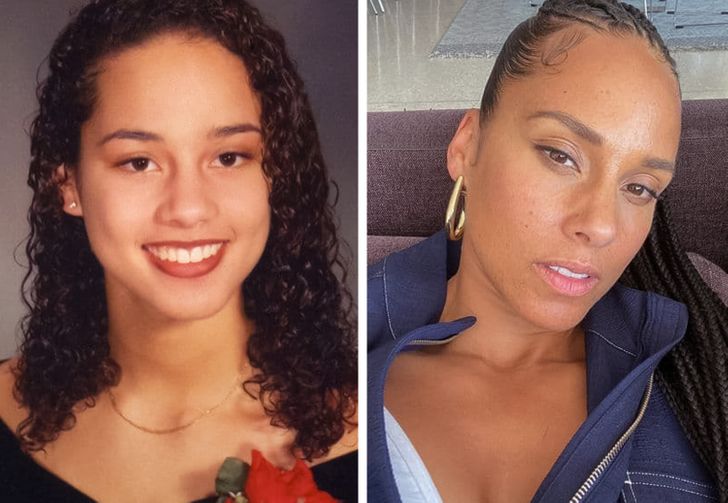
The 40-year-old singer not only looks young and fresh, but she also manages to look younger than her years without wearing heavy makeup — she advocates for embracing natural beauty and actually has incredible skin. Her routine includes jade rolling, oils, and cucumber pulp.
11. Elizabeth Hurley, 2001 vs 2021
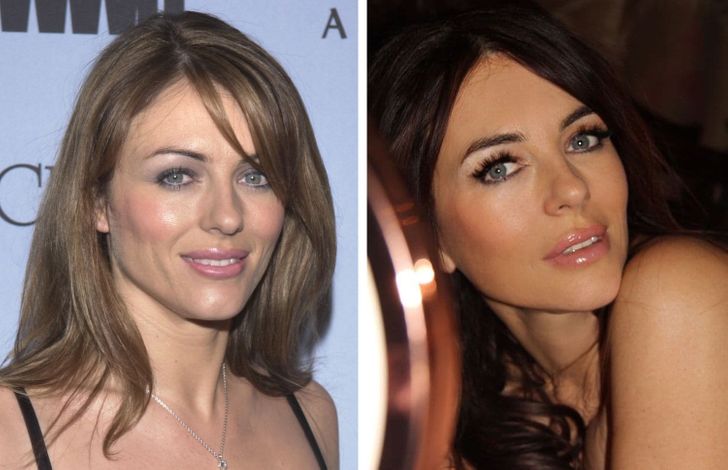
Today the British model is 54 years old, but in her latest Instagram posts, she legitimately looks like a girl in her 20s. And though it looks effortless, she does put a lot of effort into it. Her methods are hydration, a balanced diet, and workouts. For example, Elizabeth does squats while brushing her teeth and considers gardening her main form of exercise.
12. Helena Christensen, 1998 vs 2020
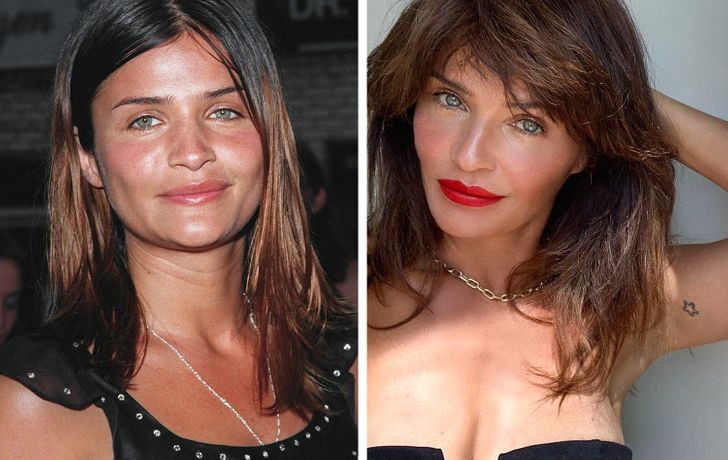
It’s hard to believe, but the famous supermodel turns 52 this year, showing her flawless body on her Instagram account. Helena shared that in Denmark, where she’s from, people are taught to not hide anything when it comes to what nature gave them.
13. Janet Jackson, 1998 vs 2020
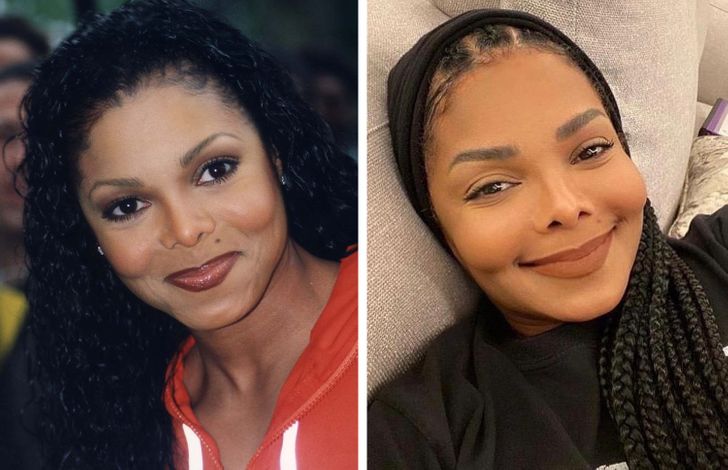
The music legend turned 55 in May and it seems like 20 years have left no marks on her face. Jackson doesn’t really share her secrets to staying young, though she mentioned that she has a mostly plant-based diet, doesn’t eat meat, and that she has a long-term relationship with fitness.
What’s your secret to staying youthful? We’d be happy to see your comments in the section below.
Bright Side has its own podcasts now. Take cool articles with you and listen to new stories whenever and wherever you want.
Preview photo credit John Mathew Smith / Wikimedia Commons, CC BY-SA 2.0, janetjackson / instagram



Leave a Reply